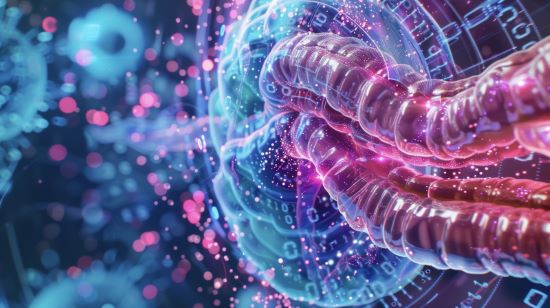Back in the late 1990s I worked for a software developer with an early-stage product that could monitor local and large area networks. Using a dashboard command centre and a deployed network of sensors, the software received real-time reports on the health of every network node and device.
I found applicability for the software within telecommunications to monitor connections and multi-vendor devices across continent-wide and global networks. I imagined smart sensors deployed on every network node and device to measure performance. The sensors would not just report performance, but would also have the capability to anticipate potential failures and proactively intervene. I saw equal opportunity for monitoring the power grid and oil and gas pipeline networks.
The software we were using performed on a real working network. It wasn’t much of a leap to imagine creating a parallel digital twin realm to duplicate every network device and node virtually, diagnose potential problems, deploy corrective measures, and make design improvements that could be transferred to its real-world twin.
Digital Twins and Models Can Help
Digital twins model something real. They are indistinguishable from the real world and are used for testing, monitoring and providing feedback. The technology is no longer in its infancy and can be found deployed by many including the government, and the aerospace, defence, transportation and manufacturing industries.
The climatology project, DestinE is a digital twin of Earth being developed by the European Union to project multi-decadal climate predictions and assessments down to areas the size of a few square kilometres where most climate change impacts are observed.
Digital Twins for Medicine and Science
Then there is promising work being done in medicine. A quick drill-down of three research projects shows you just how the technology is being deployed in healthcare.
- Digital Twin Placentas – Dr. Michelle Oyen, a bioengineer at Washington University and leader of the Center for Women’s Health Engineering in St. Louis, Missouri is using digital twins to push the boundaries of medical science. Her Oyen Lab is focused on using biomimetic materials like hydrogels to design and mimic human biological systems. The main focus of the research is on using bioengineering approaches in the study of pregnancy and childbirth. An article appearing in the August 28, 2024 edition of The Economist describes Dr. Oyen’s digital twin placentas which she and her lab are using to monitor pregnancies. Simulating a woman’s placenta is letting doctors monitor fetal development progress and developing problems that could affect a patient’s health and that of her unborn child.
- Digital Twin Hearts – Dr. Caroline Roney, in Computational Medicine at Queen Mary University of London, is making digital twin hearts a reality. She studies Atrial Fibrillation (AFib). AFib is a common heart arrhythmia that if left untreated can lead to a stroke or heart failure. Dr. Roney’s work to develop digital twin hearts can be used to predict AFib occurrences, monitor treatment over a longer term, and help develop personalized therapies. She has 100 patient-specific digital twin hearts from patients with AFib. They have been created using imaging technology, data from electrocardiograms and machine learning (a form of artificial intelligence) that studies differing fibrosis patterns, fibre orientation maps, electrical properties and ablation patterns. The AI analyzes the data “to predict when, where and how AFib might recur,” producing improvements in “long-term predictions for these patients by 30%.”
- EDITH – The European Union’s digital twin healthcare initiative is EDITH which stands for the European Digital Twin Human Project. Its goal is to create virtual human twins and is expected to see accelerated personalized healthcare throughout the EU. As promising as the EDITH project is with its five-year end goal, there needs to be a means to collect more granular real-time data at the cellular level. That means developing smart nanobot sensors capable of mapping cellular activity and responses.
The aforementioned Economist article predicts digital twins “are likely to become ever more integral to how science is done.” How integral?
Today, digital twins are running simulations for the CERN Large Hadron Collider and a digital twin is being used to operate and maintain the James Webb Space Telescope as it performs 1.5 million kilometres (a million miles) from Earth.










[…] first is the emergence of digital twins which are replicas of the real thing, whether it is a military jet or a human body. Testing on a […]
[…] integrate real-time data analysis with patient monitoring capabilities. Medical researchers suggest digital twins of patients soon can create virtual models of individual health profiles, allowing for comprehensive […]